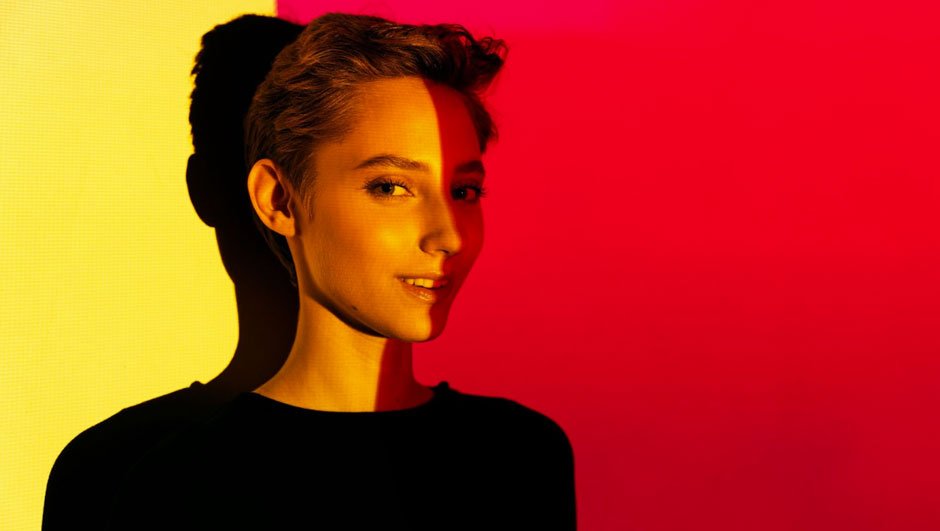In the world of photography, every color has a unique visual message, atmosphere, and mood. The magic of hues is a subtle science that can turn unremarkable shots into true works of art. So what tools does a photographer have at his disposal to customize the palette of a shot while shooting or in post-processing?
How a photographer can change the color in a shot
Sometimes camera masters prefer to work with color directly through the settings of their technique, but in this case, there are few options. The standard set of functions of the camera offers a black-and-white mode, several sepia options, and filters with a bias of the overall gamut in a cool or warm tone. You can manually adjust the white balance – this also affects the color of the frame. However, most photographers prefer to first select the best images from the footage and process them. This can be done in several ways.
- Using mask and selection areas. This method is suitable for selectively changing the colors in a photo. For example, retouchme.com/service/color-splash-photo-editor-app allows you to leave only one element in the photo colored, making the background black and white. Such a photo looks very professional and stylish.
- Brightness, contrast, and saturation correction. Any editing program allows you to adjust these parameters using the usual sliders.
- Changing the color balance. This allows you to adjust the warmth or coolness of the frame, as well as adjust the ratio between different colors.
- Using filters. Ready-made presets are used to create a certain effect or mood: vintage, mystical, romantic, etc.
- Working with hues. The photographer can change individual colors by using eye droppers and highlighting, allowing for more precise control.
These techniques can be used alone or in combination to achieve the desired color effect in a photo.
What applications are used to change colors in photos
If you decide to change the palette at the retouching stage, you will need a program with the appropriate functionality. Applications can be separately installed on a PC or mobile device or work through a browser.
- Adobe Photoshop. This is one of the most famous, functional, and powerful photo editors. A variety of color correction tools are available in Photoshop, including curves, levels, gradient maps, and more.
- Adobe Lightroom. Another product from Adobe offers a wide range of palette correction tools, including temperature, hue, saturation settings, and special color profiles.
- Capture One. A professional application that is often used by fashion and advertising photographers. With its help, you can not only correct shades on the finished photos but even customize cameras from different manufacturers.
- GIMP. This free image editing software offers many features similar to Photoshop. GIMP includes color correction tools such as curves, levels, and balance.
- Pixlr. This online application is an easy and convenient way to change the palette in photos. Pixlr has many features, including tools to correct tones and saturation, as well as filters and effects.
These are just a few examples of programs and apps that can be used to change the colors in your photos. Each has its advantages and disadvantages, so the choice depends on the photographer’s preferences and needs.
Changing color with a filter
If the photographer does not want to adjust the palette manually, you can change the colors in the photo with the help of filters. Presets have long ceased to be the choice of amateurs, they are actively used by professionals in advertising, fashion, press, and art photography.
- Instagram Filters. The most famous filters for social networks – a wide range of effects, from classic black and white to saturation and contrast. Each filter has its unique style and mood.
- VSCO Filters. VSCO app offers a variety of stylish filters that allow you to quickly change your color palette. From delicate and pastel to bright and saturated, these presets allow you to emphasize the emotion in your photo.
- Snapseed Filters. Another popular app offers a variety of filters, from a few classic black and whites to a series of vintage ones.
- Adobe Lightroom Presets. Lightroom offers preset settings that can quickly change the visual feel of a photo.
- Pixlr Filters. The most popular effects are Vintage and Pastel, but the program contains many unique creative filters for creative processing.
By changing colors at the retouching stage, you can experiment without limits. Sometimes even the most ordinary shot can be transformed into a masterpiece with the right accents.

